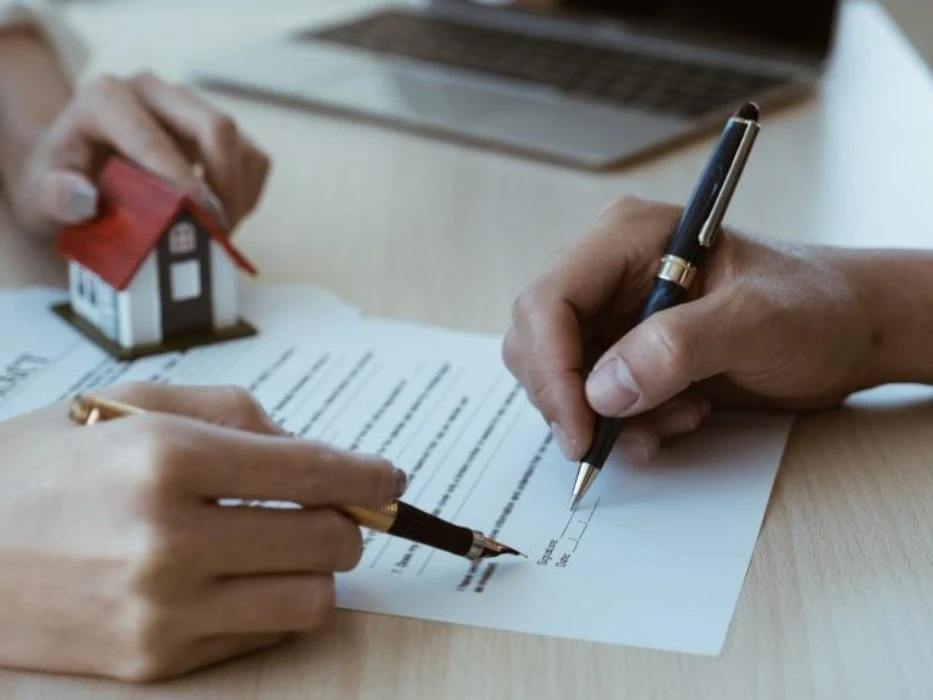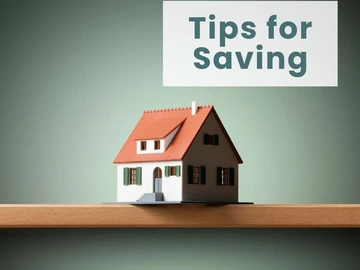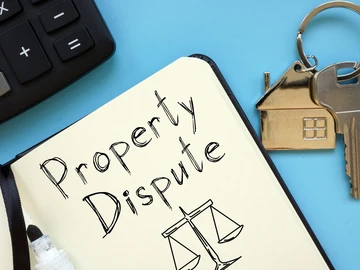Protect Yourself Before You Buy Land or Property
1. Confirm the Existence of a Title Deed
- Ask the seller to provide the original title deed
- Check that the title deed is registered in the seller's name
- Verify that the property is freehold (not communal, leasehold, or under A1/A2 allocation)
2. Conduct a Deeds Registry Search
Visit the Deeds Office or use a registered conveyancer to:
- Confirm ownership
- Check for any caveats, mortgages, or liens
- Confirm plot boundaries and size match the title deed
3. Confirm Property Type and Land Use
Verify if the property is:
- Residential / Commercial / Agricultural
- Approved for current use (e.g., no illegal conversion of agricultural to residential)
Obtain a Land Use Certificate or Zoning Confirmation from the local authority
4. Check for Subdivision Permits (If Buying a Subdivided Stand)
Ensure that:
- The land was legally subdivided
- Subdivision was approved by the Local Authority and Ministry of Local Government
- There’s a registered new deed for the subdivided portion
5. Check for Outstanding Obligations
- Get proof that council rates and levies are up to date
- Ensure there are no unpaid utility bills or legal fees linked to the property
- Request a Rates Clearance Certificate from the relevant council
6. Confirm the Seller’s Authority to Sell
- If an individual: Match deed name with national ID
- If through power of attorney: Verify the validity of the Power of Attorney
- If a company or developer: Check company registration and board resolution approving sale
7. Work With a Registered Conveyancer
Engage a licensed conveyancer to:
- Draft and review the Agreement of Sale
- Submit documents for transfer
- Conduct legal due diligence
Bonus Red Flags to Watch For
- Title deed issued under a disputed estate or cooperative
- Seller insists on cash payments without paperwork
- Deed shows pending transfer not yet finalized
- The land is listed on multiple platforms at different prices
 Continue with Facebook
Continue with Facebook
 Continue with Email
Continue with Email














